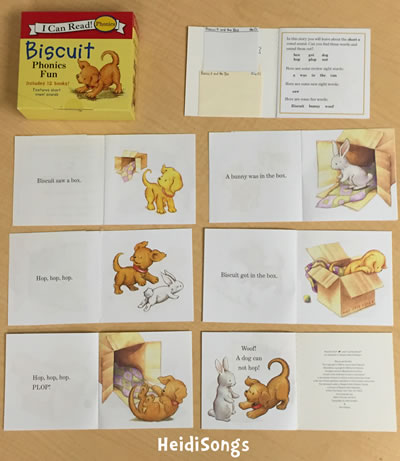

When they are cool, just break off the ragged pieces round the edges and they will look good. Because of the high sugar content, the orange biscuits blister and spread in the oven, but do not worry. It is possible that Nutt learnt these from his master Domenico Negri, a confectioner from Turin who founded the Pot and Pineapple in Berkeley Square in the late 1750s. I suspect that some of them, like the fine almond faggots and orange biscuits, are Italian in origin. All are from Frederick Nutt, The Complete Confectioner (London: 1789). Here are the recipes for the biscuits illustrated at the beginning of the posting. Although these biscuits can be trimmed down to size with a knife, I think it likely that originally a little rectangular tin cutter would have been used to cut them out more quickly. The borders designs of the biscuits represent wheat straw and ears of corn.

The pineapple was a symbol much used for a confectioner's shop. Note the symbolic flowers of Ireland, England and Scotland above. Twelve of the designs on the roller stamped into some biscuit paste. However the biscuit roller was a step up from the biscuit stamp and I have had a great deal of fun using it to recreate these Victorian delights. Despite the competition from these big companies, small scale confectioners and bakers continued to make handcrafted biscuits using the old fashioned techniques described by Vine. These enormous factories used mechanical rollers to produce their printed biscuits which were made by the million. Some like 'zoological biscuits' were moulded in the form of various animals for the delight no doubt of Victorian children, but all were made with the same basic recipe, usually along the lines of Vine's recipe for Union biscuits above. produced many different stamped biscuits of this kind. During the nineteenth century the very large industrial biscuit manufacturers, such as Carrs, Huntley and Palmers, Peak Freans etc. The VR, the royal crown, the Union and the symbols of the constituent countries of the kingdom are all represented. Only one recipe mix was required to make the fifteen different biscuit designs, which I suspect were all intended to be used when toasting. Applying this information to the biscuits that my roller was used to produce makes a great deal of sense. We now of course devour them more commonly with tea. What he is saying is that most biscuits were once made for consuming with wine. At some point I will publish a detailed posting about volatile and other leavening agents.

By 'volatile' he means ammonium bicarbonate, once known as sal volatile, or hartshorn, because it was formerly made by calcining stag antlers. Vine not only explains the recipe, which is a very basic one, but the process of stamping them with the Union design. Union, Wine and some other patriotic friends
ORANGE BISCUIT BOOKS PUBLISHING MANUAL
They were still fashionable in the early twentieth century when Frederick Vine gave detailed instructions for making them in the second edition of his marvellous trade manual Biscuits for Bakers (London: 1906). These little biscuits pirnted with the word Union would have been perfect for nibbling with the sweet wines. took place during the dessert course when biscuits were usually laid out with the other sweetmeats. Toasts to the reigning monarch, Union etc. But why celebrate a political act with a biscuit? I cannot be sure, but I suspect that these biscuits were consumed with wine during the toasts at the end of a formal dinner. One biscuit which originated in the early nineteenth century and remained popular for over a century was the Union Biscuit, designed originally to commemorate the Acts of Union of 1801. If you cannot read Mr Nutt's recipe in the photo below, I have appended a clearer version at the end of the posting.įrederick Nutt's Orange Biscuits. Tasting like a cumulus cloud lightly spread with marmalade, this fluffy, but incredibly crisp morsel dissolves on the tongue in micro-seconds. Nigel Slater's was Nutt's 'Orange Biscuit', which he said was the most delicious biscuit he had eaten in his life. If my own favourite from the filming session was the toad-in-a-hole biscuit.


 0 kommentar(er)
0 kommentar(er)
